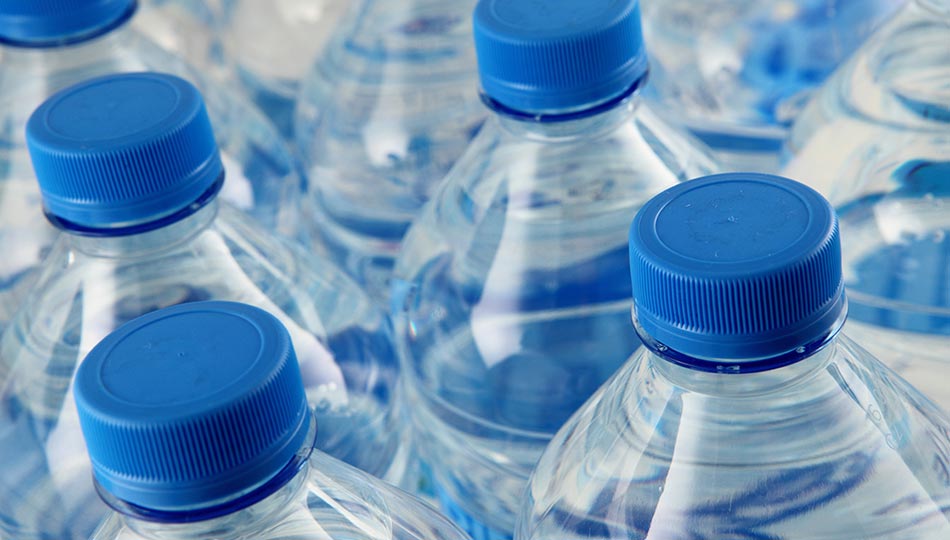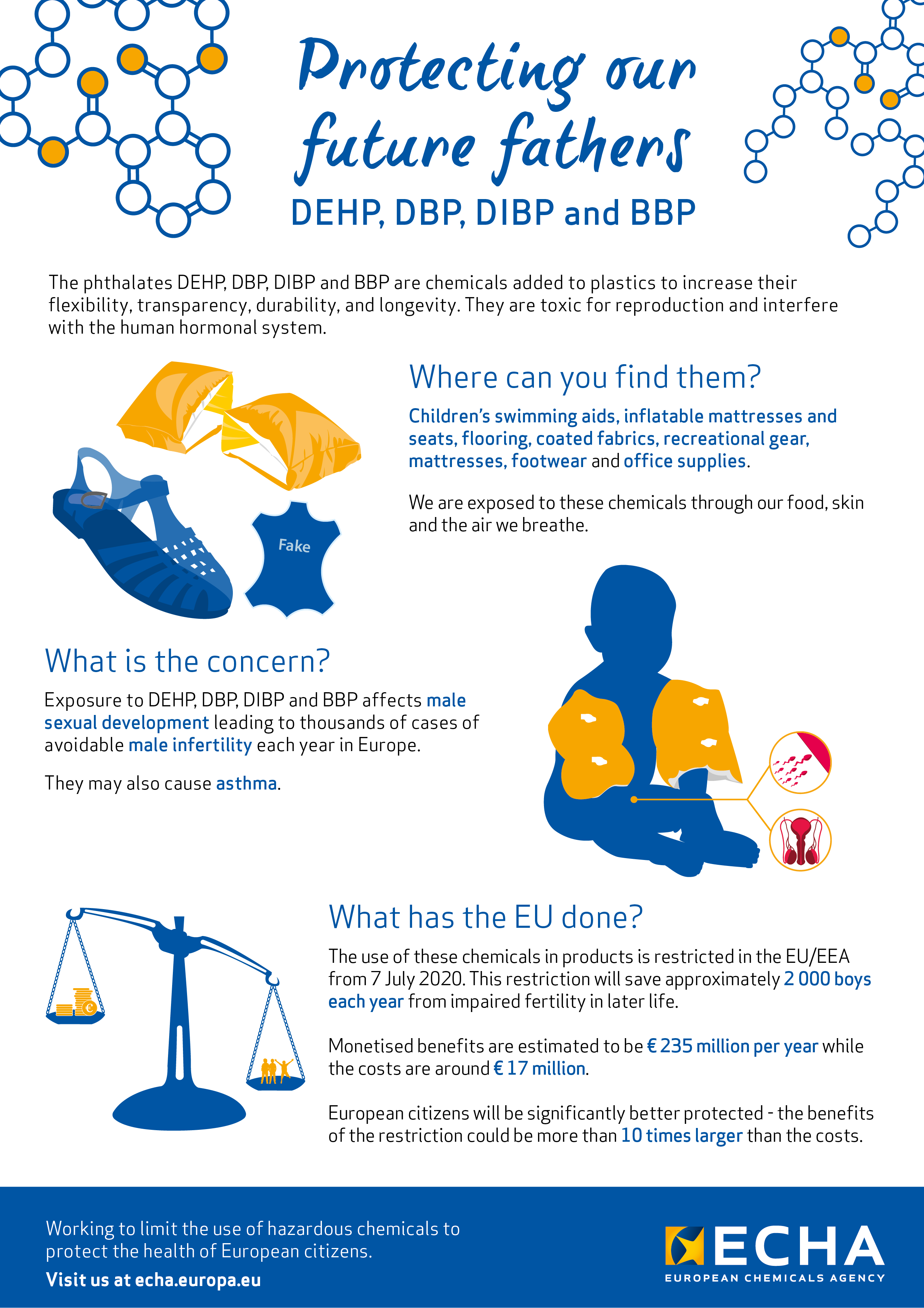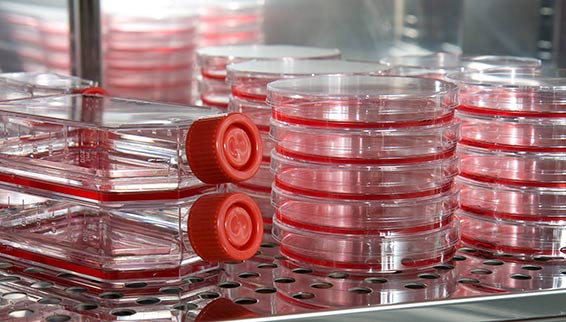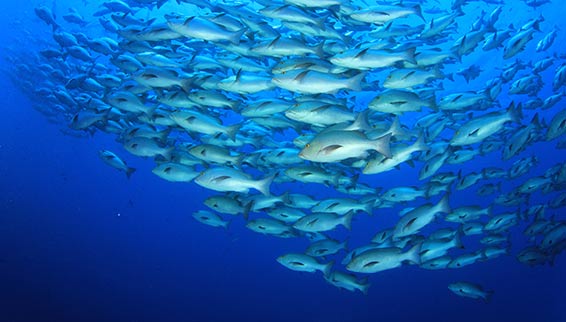Chemicals in plastic products
Plastic makes our lives easier in many ways, but some plastic products contain chemicals that can harm our health – such as bisphenol A or some phthalates.

We use a lot of products that are made of plastic. The screen you are reading this on probably has some kind of plastic in it, we drink water from plastic bottles and our children play with plastic toys. The two most important substances to watch out for in plastics are bisphenol A (BPA), used in a variety of consumer products, and certain phthalates, often found in toys.
Bisphenol A – a key ingredient in plastic and resin manufacture
Bisphenol A (BPA) is a substance that is used in the industrial manufacture of polycarbonate plastic products. These include common consumer goods such as re-usable plastic tableware and bottles for drinks, sports equipment, CDs and DVDs. Epoxy resins containing BPA are used to coat the inside of water pipes and the inside of cans for food and drink to increase their shelf-life and avoid getting a metallic taste on the food or drink. It is also used in sales receipts.
BPA has been classified as an endocrine disruptor, which means that it has toxic effect on our ability to reproduce.
Phthalates – plastic softeners
Phthalates are chemicals often used as softeners for PVC plastic. To make plastic more flexible, plasticisers are needed and they are in most cases phthalates.
However, some phthalates are harmful to your health. For example, the following phthalates are classified as endocrine disruptors that are toxic to reproduction, which means that they may damage fertility or the unborn child.
What is the EU doing to protect consumers?
BPA is especially harmful for infants whose bodies do not have the capacity to eliminate it. The use of BPA in baby bottles was banned in the EU in 2011. The EU has also set a limit on the amount of BPA that is allowed to leach out of toys for children up to the age of three years old and in any toys intended to be placed in a child’s mouth.
The EU has banned the use of DEHP, BBP and DBP in all toys and childcare articles. In addition, several other phthalates have been restricted in certain toys and childcare articles. However, they may still be present in other plastic products. .
Alerts about dangerous products
Each week, the European Commission publishes a list of dangerous non-food products found on the EU market that do not comply with the EU’s chemical legislation. Among these products, there are often plastic toys that contain the endocrine disrupting phthalates DEHP, BBP and DBP.
To stay up to date, you can follow their alerts at Rapid Alert System page below.
Infographic

Read more
- Rapid Alert System - European Commission
- Toy Safety in the EU - European Commission
- Toy safety tips - European Commission
Previous Next Layout
Read Also
-
 Health
HealthEndocrine disruptors and our health
Endocrine disruptors may be causing serious health effects such as infertility, cancer and development disorders for example birth defects. But where are they used and what is being done to protect us?
READ MORE -
 Environment
EnvironmentEffects on aquatic life
We limit the emissions but many chemicals used today still end up in our environment and in lakes, rivers and oceans. Most chemicals cause no harm but not surprisingly, chemicals that are harmful to humans may also be harmful to the environment and to the animals that live in aquatic ecosystems.
READ MORE
